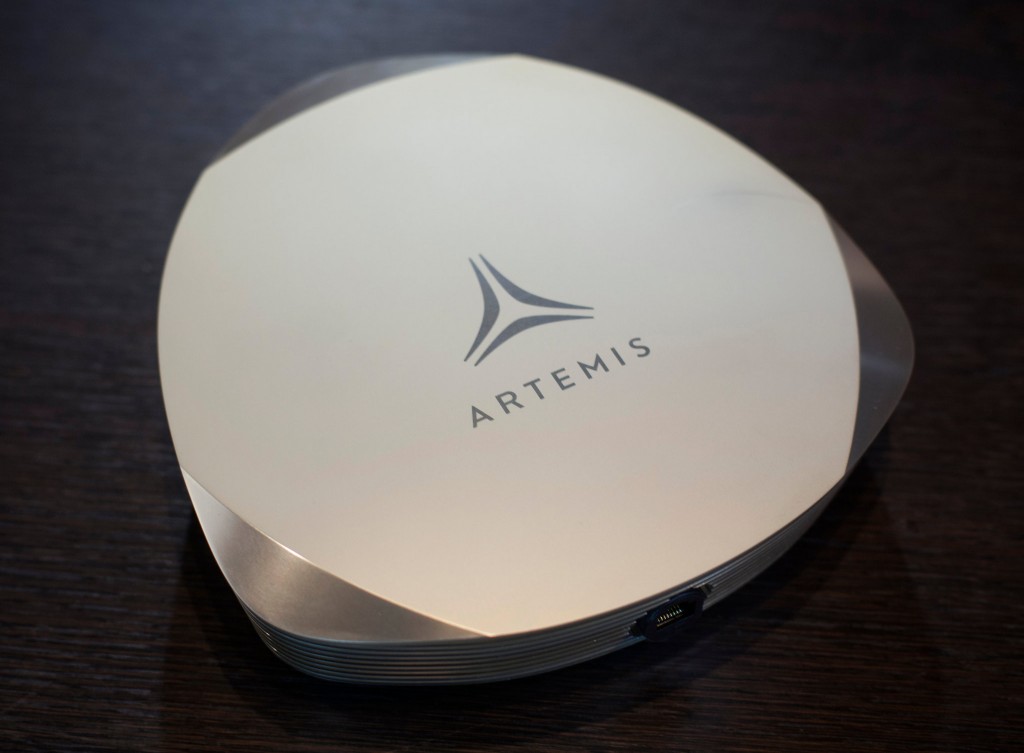When current cell networks were first built, Netflix, Youtube, and Snapchat were unthinkable, yet data use is growing, and networks need to adapt.
Cellular Data use has double on a per capita basis over the last few years. This is a trend that will only get more significant as time goes on and people consume more higher quality video content. This is definitely not the type of use that was considered when our existing infrastructure was built, and it often strains to provide proper signal depending on circumstances.
If you’ve ever been to a large concert or sporting event, you’ve probably noticed that your cell phone is basically completely useless. At least for data. If you’re lucky, you might be able to place a call or text. This is because the current cellular tower technology doesn’t play nice when towers overlap signal. As a result, towers that support stadiums or other places with dense groups of people have to be able to provide enough bandwidth to support every single person, which they don’t, so you don’t get a good signal in these places.
Some areas have resorted to providing blanket coverage with a lot of smaller micro-cells in order to cut down on the number of people using each “tower,” but even this is an extraordinarily inefficient system as every micro-cell or tower has to be individually tuned and the more there are, the more expensive it is to support them all and the more likely it is something will go wrong.
Enter Artamis. Artrmis claims to be a solution that eliminates these issues by allowing tower signals to overlap and actually mesh them together to allow for a single coherent signal. It isn’t clear exactly how this is done, and Steve Perlman—the man behind Artemis—hasn’t released any technical details as to why it works, so we can only explain what it looks like while it works.
Perlman recently performed a demo for the New York Times where he lined up half a dozen devices connected to wireless hotspots surrounded by Artemis PCells and streamed perfect 4k video on every device without a hiccup. Perlman claims that it doesn’t matter how many devices are running in any geographic area, using his technology they will all be able to simultaneously run at full speed non-stop without any stuttering or loss in bandwidth.
If these results can be replicated outside of a controlled environment, then this is great news for a wireless infrastructure in need of a refresh. Of course it would need a buy in from the carriers, who tend to be resistant to change. Carriers may not have a choice in the matter, though, because if they don’t act quickly, this same technology might be able to be used by smaller companies to get fully functioning networks built quickly and for much less expense than older technology would require.
Of course technology like this is always a few years off from hitting the main stream, but at the rate current data consumption is increasing, something needs to happen to cure our bandwidth woes, and Artemis just might do the trick.
Source: Engadget
Be social! Follow Walyou on Facebook and Twitter
Read more on Walyou, Everyone Wants The Dash, Apple TV to Ink Content Deal With Time Warner (and Comcast)?











